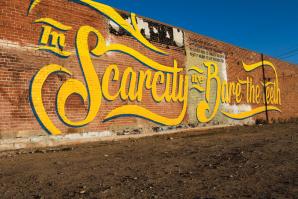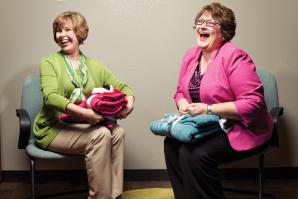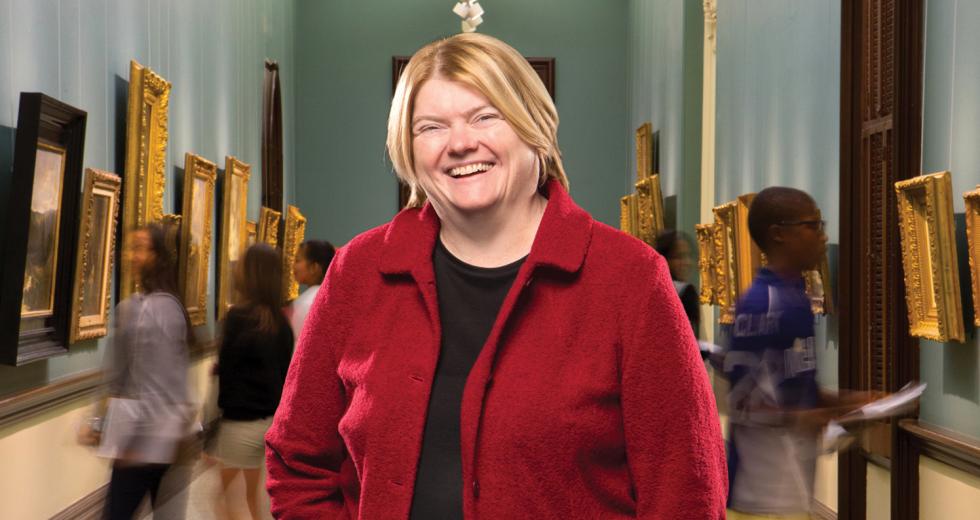Since August 1999, Lial Jones has served as director of the Crocker Art Museum. During her tenure, she has led a capital campaign that successfully raised more than $120 million to finance the Teel Family Pavilion, a 125,000-square-foot addition that opened in October of 2010.
Since August 1999, Lial Jones has served as director of the Crocker Art Museum. During her tenure, she has led a capital campaign that successfully raised more than $120 million to finance the Teel Family Pavilion, a 125,000-square-foot addition that opened in October of 2010.
“Philanthropy is evolving. More people are giving but in lesser amounts. A democratization of philanthropy is happening. It’s like what’s happening with Kickstarter. You have thousands of people giving a dollar toward a cause or startup instead of one person giving $1,000. That’s great because more people are getting involved. But it’s more expensive for organizations because finding a thousand people is much harder than finding one person. It’s something we’re all trying to figure out how to navigate.”
“I am a CEO, and the museum is very much a business. As a nonprofit, what we’re trying to return is public value and public good versus a stockholder dividend.”
“What interests me most is helping people understand the broad view of a piece of art. I enjoy the challenge of engaging people with art objects and getting them to be able to comfortably approach the object and understand its place within a historical context. Make the art come alive for people.”
“The traditional art understanding that was embedded in earlier generations is not present with the current generation. Art appreciation in public schools doesn’t happen today, and it hasn’t for a couple decades. We’re trying to figure out the best way to compensate for that lack of a certain level of understanding. How do we fill in the gaps?”
“Anyone who has not had a transformative experience with art has not fully lived. It’s our job to help make that happen for both the uneducated as well as those with a significant interest in art. Even those that get it but can’t explain it, know when they’ve been touched. They’ve stood in front of an object and were dumbstruck. They were transported to a different place. They now have a greater empathy for another segment of society. That’s a transformative experience.”
“What’s most important to me is that the museum matters and that the community cares. Quadrupling the membership and tripling the size of the yearly attendance are things that matter. Going into a grocery store and meeting people that know the Crocker Art Museum exists in this community and that they have a great sense of pride in it, those are my proudest achievements.”
“When I was hired, the board recognized that the facility we had was inadequate. At that point in my interview, I said — and I have said ever since — ‘The building is simply a tool to fulfill our mission. It doesn’t really matter if you can build a building, anyone can build a building.’ But yes, I’m very proud of raising more than $120 million to build the new addition and the related programs. It’s a great achievement for this community.”
“I like to work with really smart people. I like those people to come in and tell me what they’re doing and why they’re doing it. We’re looking at implementing certain strategies to keep the institution moving forward as a whole. We convene as a group on this, but I try to give my department directors a great deal of autonomy within their particular areas of expertise. I would say I’m an adaptable manager.”
“I’ve always been interested in how things work. If anything, I like puzzles. I like figuring out how to put things together in different ways at different times in order to make something that works. You need a creative spirit to want to do that. I have one.”
“Museums are my passion. It’s something I do 24/7. I’m not saying my job is my life, but when I go on vacations I visit museums. However, I also sit in front of the water with a book and totally zone out. I’m an introvert. I need a certain amount of downtime.”
Doug Curley is the editor-in-chief of Comstock’s magazine. Contact him at dcurley@comstocksmag.com.
Recommended For You

Words of Art
Shabby neighborhoods are being brought to life with public art
Public art is about more than intricate town square sculptures or decorative murals that mask the walls of blight. At its best, public art doesn’t simply beautify a space, it engages a community by reflecting and helping to define the environment around it.

Expanding a Vision
New leadership means fresh ideas for Women in Philanthropy
Banning together 12 years ago, a group of local women sought out to help foster youth establish healthy lives after emancipation.



